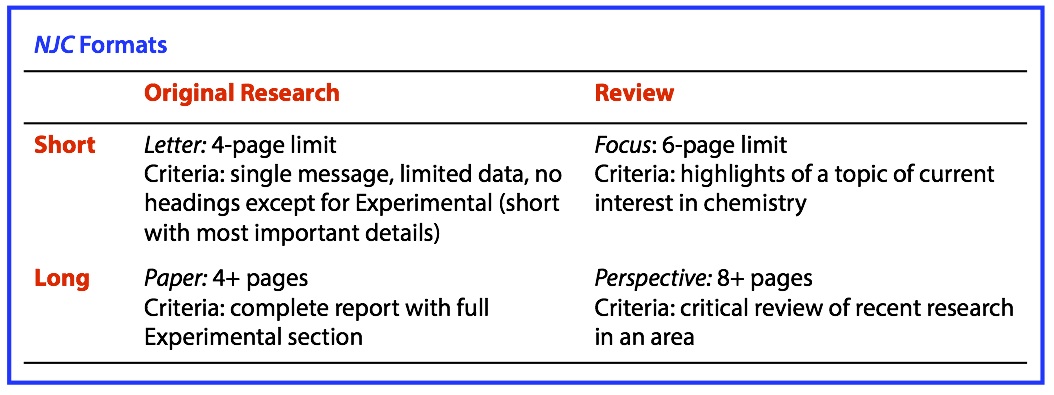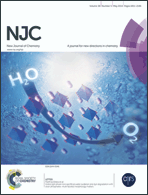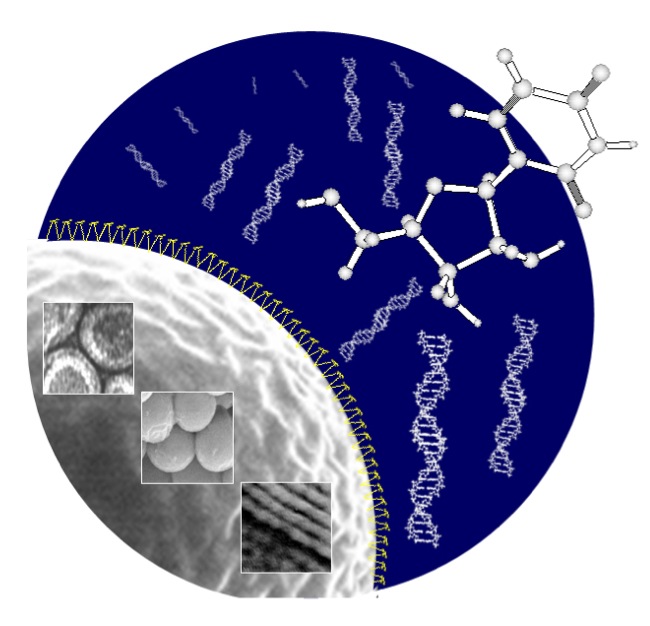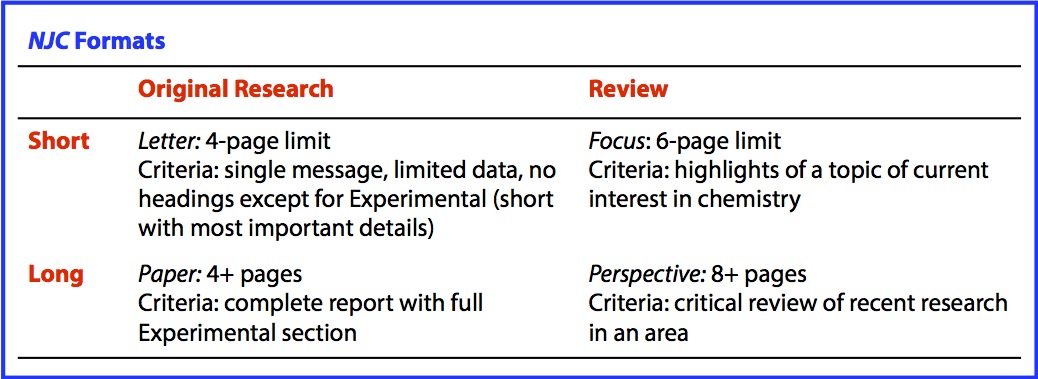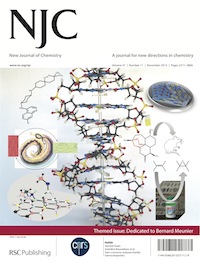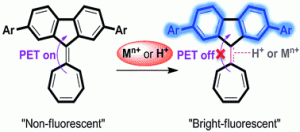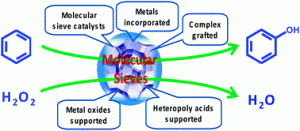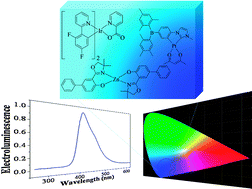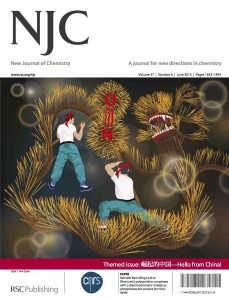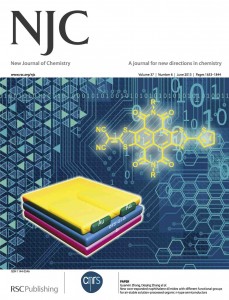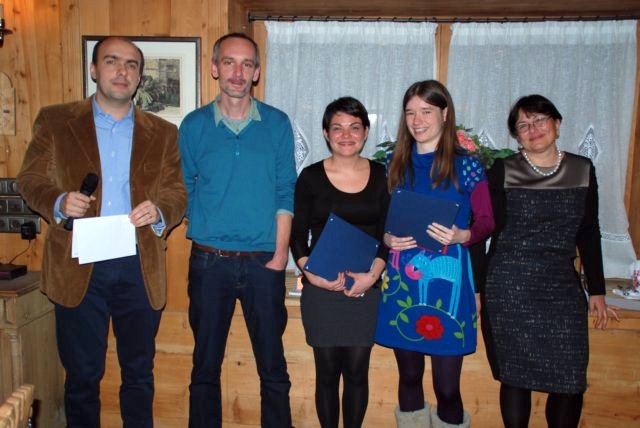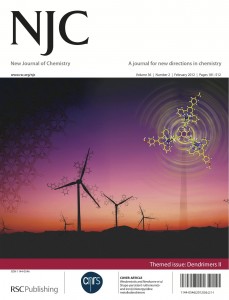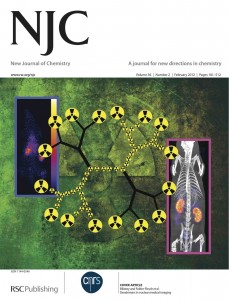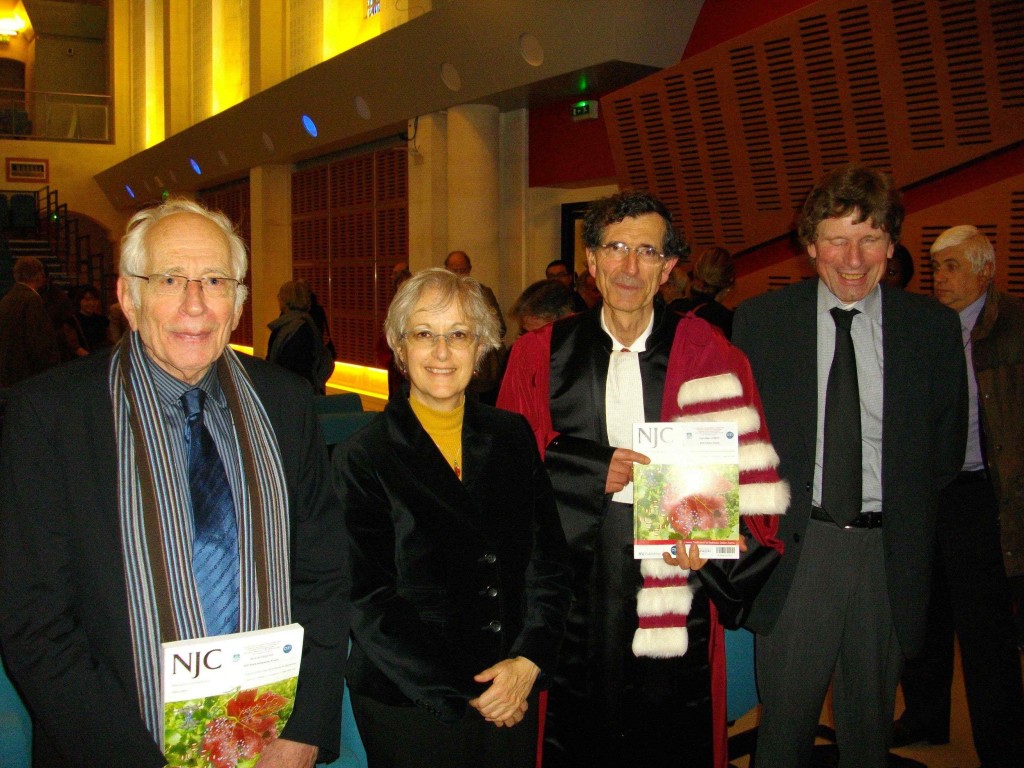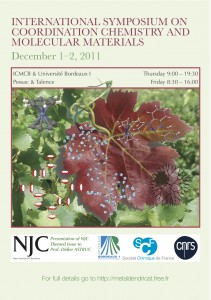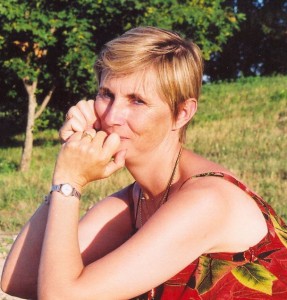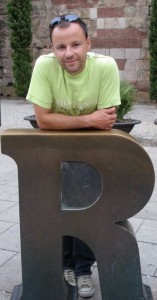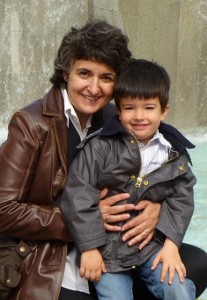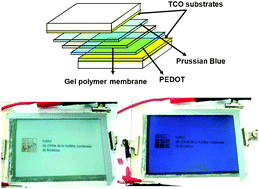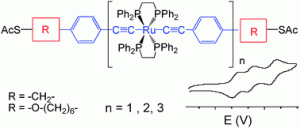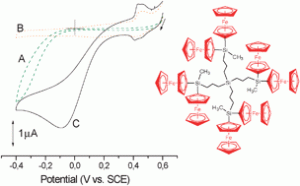As part of the Pacifichem 2015 conference in Honolulu, Hawaii, USA (December 15–20, 2015), there will be a symposium devoted to the topic ‘Frontiers of Organo-f-element Chemistry‘. This symposium will focus on recent advances and future directions in the organometallic chemistry of lanthanide and actinide elements. It is intended to cover all fundamental and technological aspects of organo-f-element chemistry.
Organo-f-element chemistry continues to be one of the most attractive fields for potential applications in homogeneous catalysis and organic synthesis. The main goal of this symposium is to bring together the world’s leading experts in the field to discuss and elucidate current trends in fundamental and applied organo-f-element chemistry and to identify the most promising future developments for the next decade.
Scope
New Journal of Chemistry (NJC), an CNRS journal published by the RSC, will publish a thematic issue on organo-f-element chemistry in October 2015, shortly before the symposium. The symposium invited speakers have agreed to contribute to this thematic issue. We cordially invite you to join them with your contribution in the broad area of organo-f-element chemistry.
All aspects of organo-f-element chemistry (lanthanides and actinides, theoretical and synthetic studies, catalysis and materials science) are welcome. Full Papers, Letters (communications with limited data and a single message; 4-page limit), Perspective reviews (with no length limitations) and Focus reviews on a topic of current interest (6-page limit) will be accepted.
Guest Editors
Professor Dr. Frank T. Edelmann (Madgeburg, Germany)
Professor Peter Junk (James Cook University, Australia)
How to submit and deadline
Please use the manuscript templates for your contributions and submit using the NJC manuscript submission website. Please clearly indicate in the ‘Comments to the Editor’ section that the contribution is intended for the Organo-f Element themed issue.
Please select the correct format for your contribution. These are clearly defined in the table below.
All contributions will undergo the usual evaluation process (see the January 2014 editorial for further details).
The deadline to submit is March 1, 2015. Contributions received after this date will be considered but inclusion in the themed issue, if accepted, is not guaranteed.
For further information:
Read NJC
More news
Submit to NJC
Contact us: NJC “at” univ-montp2.fr



